


Welcome to a piece of American history. In the old music hall, white comedians and song ‘n’ dance men would splash their faces in charcoal, maybe throw on a pair of white gloves, then go through the step-n-fetchin’ routine, the exotica and the buffoonery of perceived black culture. Jim Crow, Amos ‘n’ Andy, Mammy, L’il Black Sambo, Uncle Tom, and the Ten Pickaninnies were typical characters thrown on stage and screen for the amusement and mockery of white audiences.
What began as white actors in blackface evolved with the 1950s Amos and Andy Show on television, featuring black actors in blackface. The content remained the same, with Amos and Andy portrayed as lazy, ignorant, chicken eatin’, banjo playin’, shifty clowns. Once the show lost favor with an outraged public, the television studios put a halt on developing new shows about the black experience – degrading or otherwise – for several decades.
Spike Lee’s Bamboozled works as angry satire, asking that we not forget the offensive and disturbing corners of our history.
Pierre Delacroix (Damon Wayans) is the one black writer working for the CNS television studio. The ratings are plummeting, so an Ebonics-talking hotshot producer named Dunwitty (Michael Rapaport) turns to his Ivy-League educated black stooge and demands a new urban themed show with a fresh new hook. "You can do it, my nigga!" Dunwitty beams, "and I can call you my nigga because my wife is black and I got two interracial babies at home."
Delacroix has cooked up dozens of ideas for sitcoms and dramas involving black characters, all of which have been rejected as old hat. Thinking he can beat the television industry at its own game, he comes up with the most offensive, disgusting, horrible idea he could possibly imagine: a revival of the minstrel show featuring black actors in blackface. His mission is to get fired immediately, the only way to break his contract.
Well, surprise, surprise! Dunwitty claims to have a boner for the idea, so they immediately go into production. Delacroix and his assistant, Sloan (Jada Pinkett Smith) are suddenly in over their heads, faced with a choice to either go with the flow and ride on the magic carpet of their success or realize the consequences of their actions and do something to combat the blatant racism of this program.
The premise of Spike Lee’s film is undoubtedly strong, with a promising first act that keeps the stakes very high. Immediately, however, some of the warning signs start to show, such as his one-dimensional depiction of Delacroix, the whitest black man on the planet, and the conflicted Sloan, whose character changes in such radical leaps and bounds that we again realize, no matter how well-performed the role is by Pinkett Smith, Spike Lee could not write a fully developed woman character to save his life.
If the opening of the movie is good enough to carry us through some of its unsubtleties, Spike Lee really hits his stride with the televised mistrel show. Inspired by the vaudeville routines, performers "Mantan" (Savion Glover) and "Sleep ‘n’ Eat" (the superb Tommy Davidson) dress in gaudy costumes, don the white gloves and charcoal make-up, fire engine red lips, and googly eyes, and they follow the gawky movements of stereotypical blackface characters.
No punches are pulled. We see scenes where the two goofballs sneak into the chicken coop for some good eatin’ while massah prowls outside with his shotgun. The scene has been set in Massah’s watermelon patch, where the darkies dance their troubles away.
Purely offensive and disturbing, Spike Lee’s accurate recreations of these programs are heightened by montage footage of the actual minstrel shows of America’s past. This black and white footage haunts the present day situations of actors Manray (Glover) and Womack (Davidson), including those painful scenes where they sit in front of a mirror, melting cork into black paste, swabbing their skin in cocoa butter to prevent burning and smearing red lipstick on their mouths.
For quite a while, Bamboozled works as brilliant satire. Even if the offstage antics of Manray, basking in his newfound fame, and Womack, bitter at his own exploitation, feel fairly obvious as dramatic archetypes, Lee’s situation is strong enough to carry it through.
However, in the middle of the second act, Spike Lee hurls his entire movie over the cliff with some obvious dramatic tactics. We’re treated to scenes which we knew were coming, such as the inevitable lecturing of Delacroix by his mother, who is ashamed of him. Of course, Sloan figures into a predictable would-be love triangle between Delacroix and Manray. (After all, what are women characters good for?)
As with almost every film he’s made, Spike Lee clutters up his movie with distracting subplots such as obvious, pontificating potshots at the Wu-Tang Clan, Tommy Hilfiger’s clothing line, O.J. Simpson’s trial, and violence in the media.
His unforgivable last fifteen minutes feature a kidnapping, violence and bloodshed which are as ridiculous and contrived as they are out-of-character and so concerned with making a "point" that it betrays no less than three of the major characters in his scenario (especially the main female character, who sinks to a great low without any foreshadowing.)
It nearly destroys the movie, and certainly tarnishes the conclusion. Spike Lee again comes up with seemingly five different endings while wrapping the movie up, and is content to include each and every one of them.
That said, no other filmmaker is tackling this subject matter today. Spike Lee may be pompous and arrogant, create one-sided arguments, and go for unsubtle choices, but he’s also a master of visual allegory, he creates vivid and colorful dialogue, and he arouses passion in his audience. Bamboozled, for all its numerous and frustrating flaws, is important viewing. It’s a film which says, in no uncertain terms, that there are some things we must not forget.
New Line’s Platinum Series DVD release features a slew of extras, notably a commentary track wherein Lee talks prodigiously about the film’s roots giving credit to The Producers and Network as well he should. Substantial deleted footage, a making-of documentary, and music videos are also included. Recommended.
Review by Jeremiah Kipp © 2000 filmcritic.com

















![Lot of 5 Original Press Publicity Photos – Fred Astaire, Peter Lawford, June Allyson [PHO874]](https://www.filmfetish.com/img/p/2020/09/photo-lot-pho874-001-170x170.jpg)
![Miss Hawaiian Tropic 2005 Regional Bikini Model Contest Atlantic City, New Jersey Black and White Photo [210803-0002]](https://www.filmfetish.com/img/p/2021/08/210803-0002-11x85-web-170x170.jpg)
![View of Chicago Loop Chicago and State Lake Theatres (1967) Photo [210907-156]](https://www.filmfetish.com/img/p/2022/11/210907-156-chicago-loop-theaters-11x85-web-170x170.jpg)
![Actors Maggie Q and Shane West Nikita Press Event Photo [221114-11]](https://www.filmfetish.com/img/p/2022/11/221114-11-85x11-web-170x170.jpg)












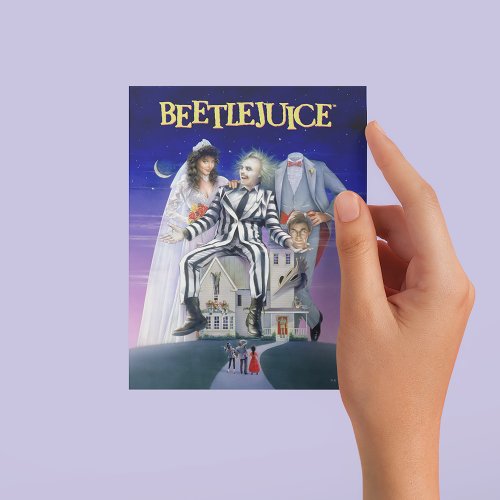
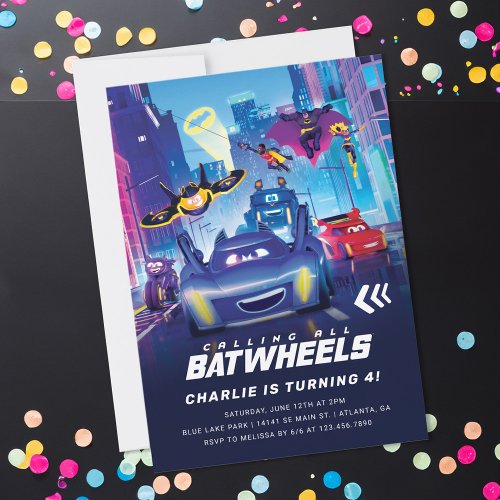






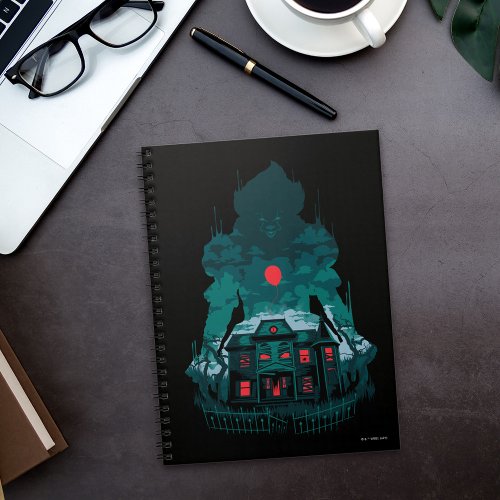

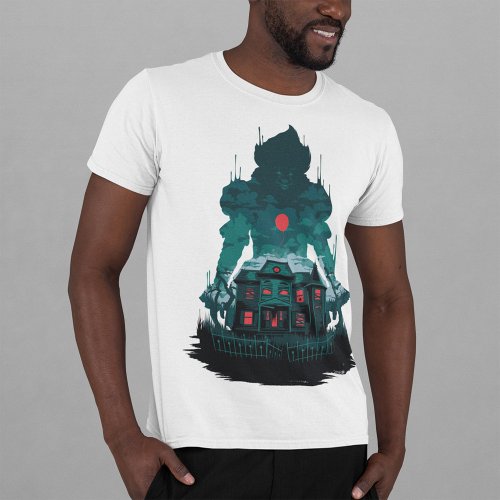



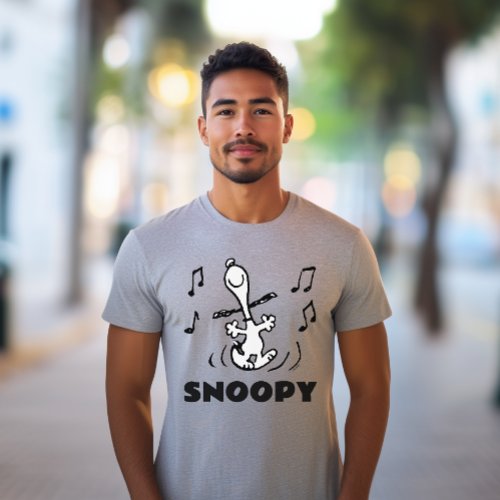
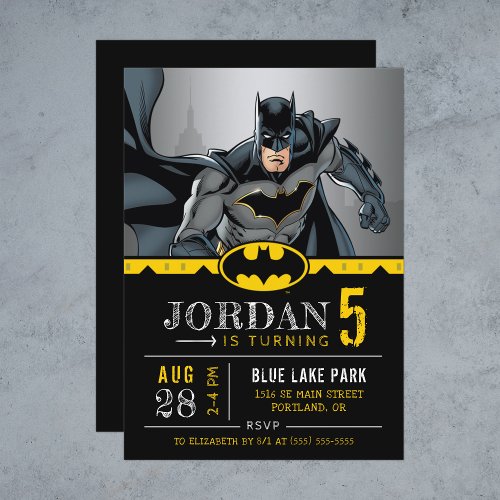

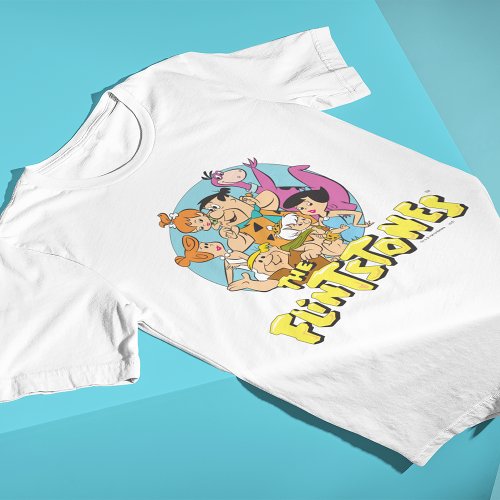
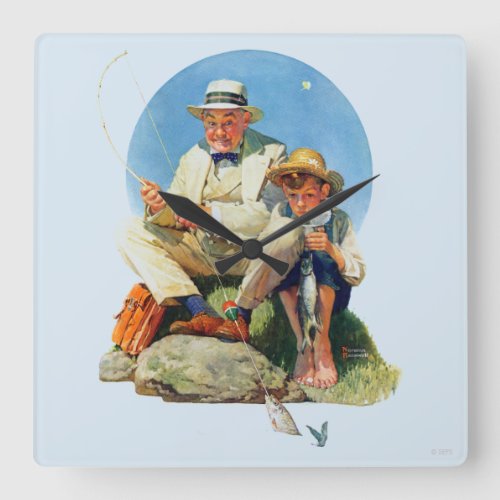

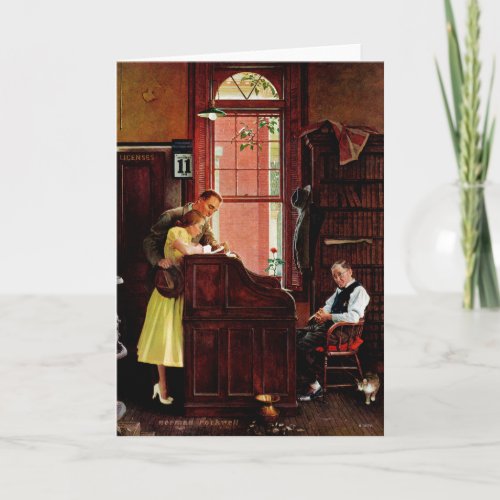


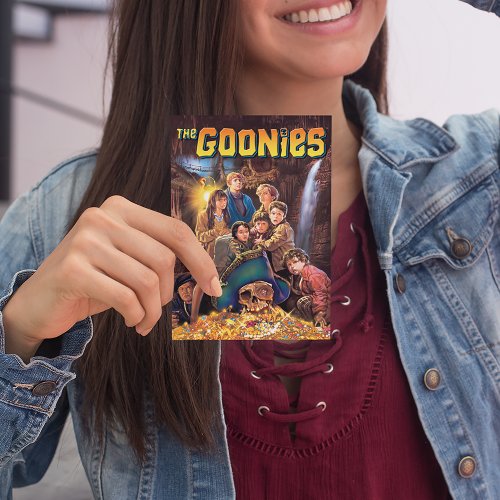
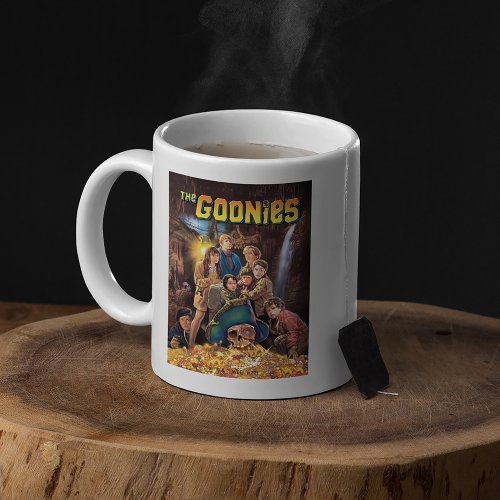
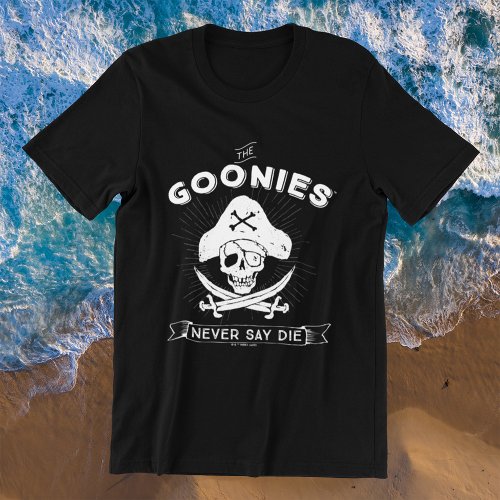


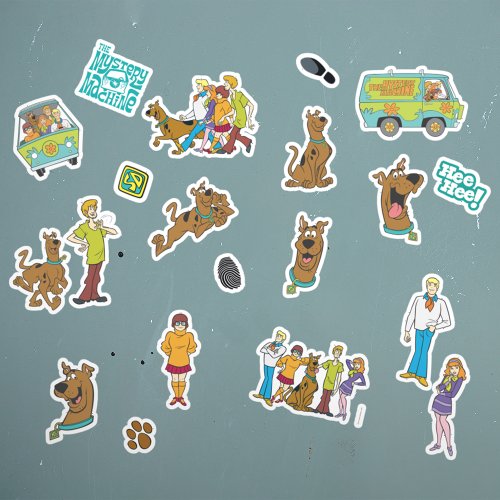


![Saturday the 14th 26 x 40 inch Original Movie Poster (1981) [J37]](https://www.filmfetish.com/img/p/2021/02/saturday-the-14th-poster-01-170x170.jpg)
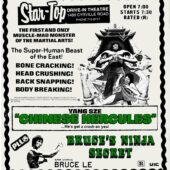

![The Fifty Worst Films of All Time: and how they got that way (1st Edition, 1978) [1931142]](https://www.filmfetish.com/img/p/2019/07/the-fifty-worst-films-all-time-1931142-01-170x170.jpg)


![Clint The Hamster Triumphant Book One No. 1 September 1986 Eclipse Comics [R79]](https://www.filmfetish.com/img/p/2023/01/img-0419--170x170.jpg)
![Walter Matthau and Lee Meredith in The Sunshine Boys Original 8×10 inch Press Publicity Photo [G39]](https://www.filmfetish.com/img/p/2021/06/walter-matthau-g39-01-170x170.jpg)

![Mighty Morphin Power Rangers Set of 6 Trading Cards [B22]](https://www.filmfetish.com/img/p/2020/10/power-rangers-trading-cards-b22-01-170x170.jpg)